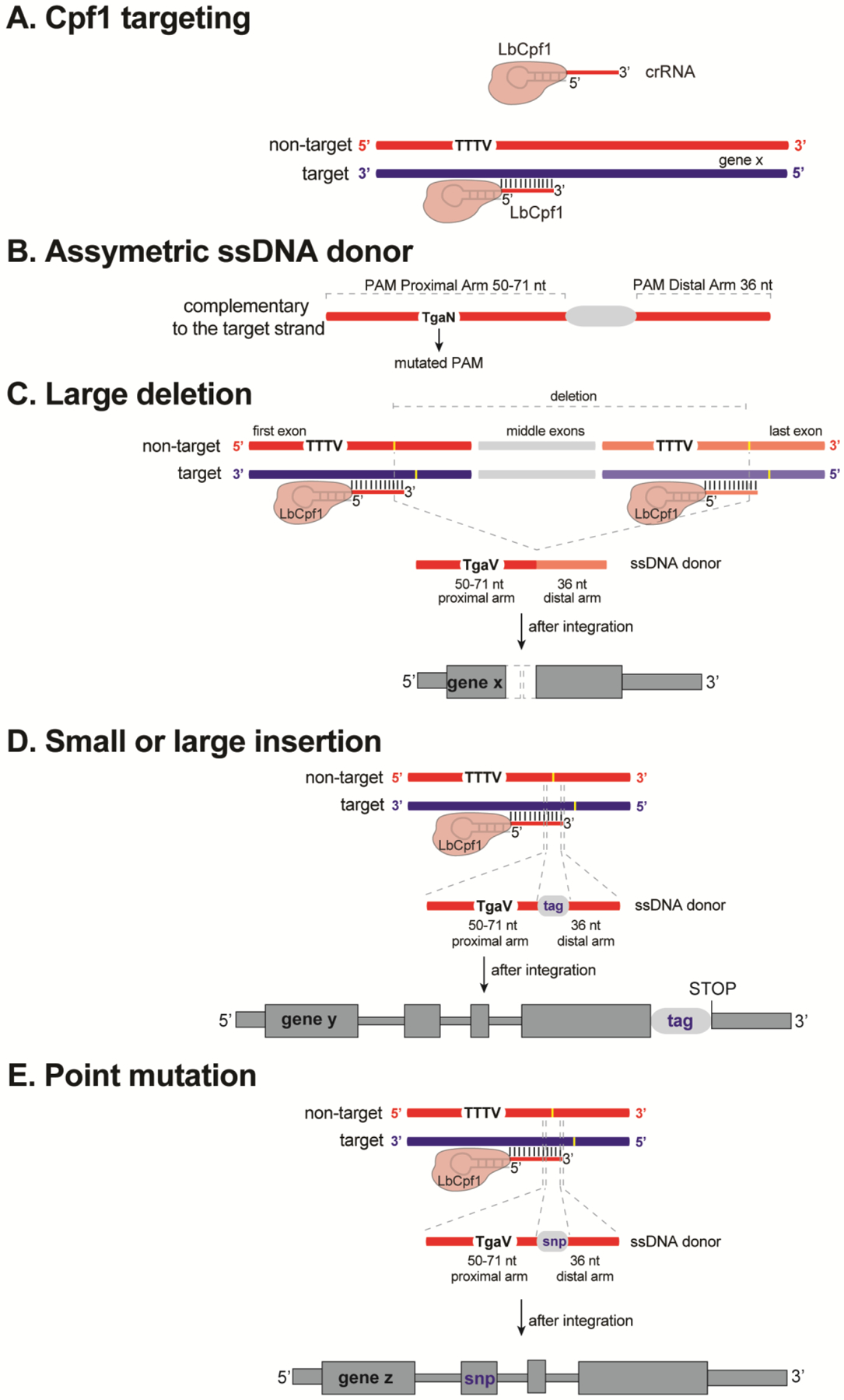Fig. 5. LbCpf1-mediated homology-directed repair.

A. Schematic illustrating LbCpf1 protein, crRNA and RNP complex interaction with the DNA (TTTV corresponds to the PAM sequence). crRNA annealing occurs on the PAM-non-containing strand (target, blue), and PAM sequences are in the non-target strand (red). B. Asymmetric ssDNA donor must be complementary to the target strand and must have homology arms with different lengths. The PAM-proximal arm (arm that contains the PAM) should be 50 or 71 nt, and the PAM-distal arm should be 36 nt (arm without PAM). PAM sequence in the ssDNA donor was modified (TgaV) to prevent new editing post-HDR event. C-E. Editing strategies. Schematic representation of genomic DNA (red, non-target strand and blue, target strand). RNP complex with crRNA annealing is shown in target strand. ssDNA repair template is depicted below with its respective homology arms, proximal (left) and distal (right) (dashed lines). Final gene product after HDR-mediated integration is shown in gray. Inserts are in blue with gray boxes. Yellow bars represent the Cpf1 staggered DSB. For details, see the corresponding text.
